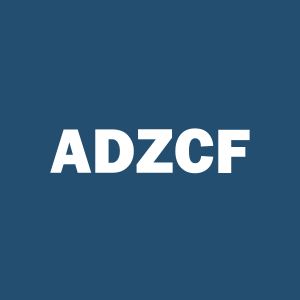[6-K] DEUTSCHE BANK AKTIENGESELLSCHAFT Current Report (Foreign Issuer)
Deutsche Bank states it applies hedge accounting under the EU carve-out to limit accounting exposure to both rises and falls in interest rates across tenor buckets, which it says reduces volatility of reported Treasury revenue. The bank's financial targets and capital objectives are based on results prepared under EU IFRS, and Exhibit 99.1 presents EU IFRS financial information.
For U.S. reporting, Deutsche Bank also prepares certain reports under IASB IFRS, which does not permit the EU carve-out; the impact of that difference is described in Note 1 to the consolidated financial statements of the 2024 Form 20-F. This Form 6-K incorporates by reference Registration Statement No. 333-278331 and includes Exhibit 99.1 (EU IFRS key updates for 3Q 2025) and Exhibit 99.2 (English translation of Articles of Association).
- Use of hedge accounting under the EU carve-out to reduce reported Treasury revenue volatility
- Clear disclosure that financial targets and capital objectives are based on EU IFRS and provision of Exhibit 99.1
- IASB IFRS does not permit the EU carve-out, creating a difference in U.S. reporting that may affect comparability (impact described in Form 20-F Note 1)
Insights
TL;DR: Deutsche Bank uses the EU carve-out to smooth Treasury revenue volatility; U.S. filings use IASB IFRS without the carve-out.
The filing clarifies accounting basis differences: internal targets rely on EU IFRS with the carve-out, while U.S. reports use IASB IFRS that disallows it. This distinction affects the presentation of interest rate hedge results but the document provides no quantitative effect. Investors must consult the referenced Note 1 in the 2024 Form 20-F for the detailed impact.
TL;DR: The company discloses accounting-policy divergence clearly and files supporting exhibits for transparency.
The report documents governance around financial reporting by noting which accounting framework underpins targets and public disclosures and by providing exhibits for readers. The inclusion of an English translation of the Articles of Association supports corporate record transparency. The filing itself is descriptive and routine.







